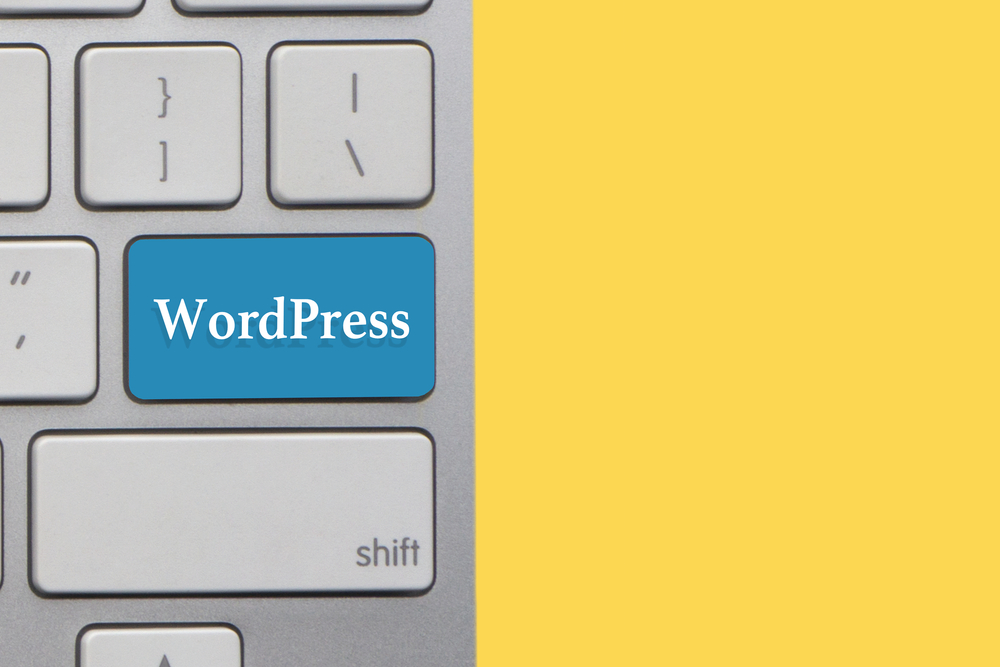
WordPress is undoubtedly one of the most popular content management systems in the world. Used by millions of websites, it provides a user-friendly platform for building and maintaining a website. However, like any tool, WordPress requires some mastering to make the most out of it. In this article, we will delve into essential tips and tricks for customization and maintenance in WordPress (the blogging platform) .
Customization Tips:
1. Choose the Perfect Theme:
A good theme can make or break your website's aesthetic appeal. WordPress (the platform for bloggers) offers a vast range of free and premium themes, allowing you to choose the one that aligns with your brand or vision. Look for a theme that is responsive, easy to navigate, and customizable. Don't forget to read reviews and check ratings before making your final decision.
2. Utilize Page Builders:
Page builders can significantly simplify the customization process by providing a drag-and-drop interface. With the help of plugins like Elementor or Beaver Builder, you can create stunning pages without any coding knowledge. These tools also offer a variety of pre-designed templates, saving you time and effort.
3. Customize CSS:
Sometimes, you may need to make small tweaks to the appearance of your website that cannot be achieved through the theme options or page builders alone. In such cases, an understanding of CSS (Cascading Style Sheets) can be beneficial. You can easily add custom CSS code using the built-in editor in WordPress or via a child theme.
4. Harness the Power of Plugins:
Plugins are one of the key strengths of WordPress (or WP) , allowing you to enhance and extend the functionality of your website. Whether you need to improve performance, optimize SEO, add contact forms, or integrate with social media platforms, there is a plugin for almost everything. Just be cautious not to overload your website with unnecessary plugins, as they can slow down your site.
Maintenance Tips:
1. Regularly Update WordPress, Themes, and Plugins:Keeping your WordPress core, themes, and plugins up to date is crucial for maintaining website security and compatibility. WordPress (WP) regularly releases updates that address bugs, improve performance, and enhance security. Enable automatic updates or regularly check for available updates and apply them promptly.
2. Backup Your Website:
Regular backups are essential to protect your website from potential data loss or breaches. WordPress offers several backup plugins that allow you to schedule automatic backups or create manual backups with a single click. Store your backups securely in a location separate from your website server, such as cloud storage or an external hard drive.
3. Optimize Website Speed:
Website speed plays a significant role in user experience and search engine optimization. Slow-loading websites can lead to higher bounce rates and lower rankings. To ensure optimal speed, consider using caching plugins, optimizing images, choosing a reliable hosting provider, and minimizing the use of external scripts.
4. Secure Your Website:
Securing your website is of utmost importance to protect both your data and your visitors. Start by using a strong username and password combination. Additionally, install security plugins that provide features like two-factor authentication, monitor for malware, and block suspicious IP addresses. Regularly scan your website for vulnerabilities and fix them promptly.
Frequently Asked Questions:
1. Can I switch my WordPress theme later?Yes, you can easily switch your WordPress theme later without losing your content. However, changing themes can affect the appearance and layout of your website. It is essential to preview the new theme and ensure that it is compatible with your plugins and customizations before making the switch.
2. How many plugins should I install on my WordPress website?
While there is no definitive number, it is recommended to install only essential and well-maintained plugins. Too many plugins can significantly impact website speed and increase the risk of conflicts or vulnerabilities. Only choose plugins that are actively supported and necessary for your website's functionality.
3. Will updating WordPress, themes, or plugins affect my website?
In most cases, updating WordPress, themes, and plugins will not cause any issues. However, there is a small chance that an update may conflict with your existing setup or introduce new bugs. It is a good practice to take a backup of your website and test updates on a staging environment before applying them to your live site.
4. How often should I back up my WordPress website?
The frequency of backups depends on the frequency of content updates and the importance of your website. If you regularly publish or update content, consider daily or weekly backups. If your website changes less frequently, monthly backups may be sufficient. Choose a backup frequency that ensures you never lose significant data in the event of a disaster.
5. Can I speed up my WordPress website without using plugins?
Yes, there are several ways to speed up your WordPress website without using plugins. Optimizing images, minifying CSS and JavaScript files, enabling caching, and leveraging browser caching are some techniques you can implement manually. However, plugins often provide an easier solution for non-technical users.
In conclusion, mastering WordPress is an ongoing process that requires continuous learning and adaptation. By applying the customization tips and maintenance practices outlined in this article, you can unlock the full potential of WordPress and create a customized, secure, and high-performing website.
Other useful resources
- https://www.wordpress24plus.com/topics/wordpress-tips-and-tricks/